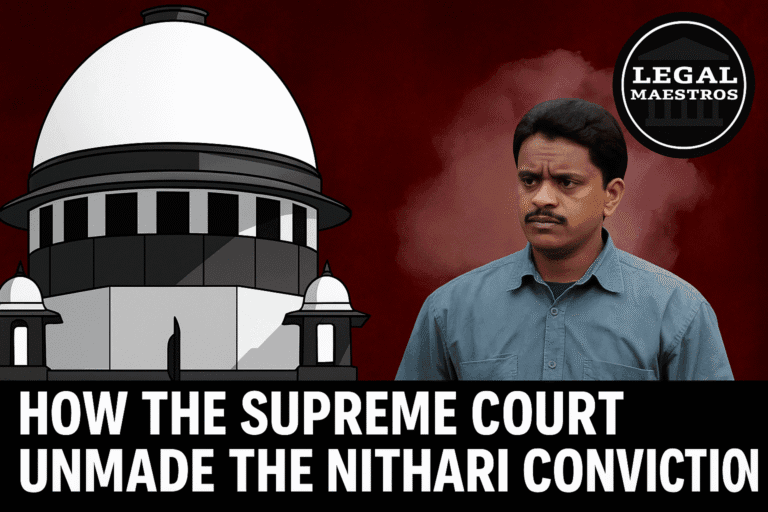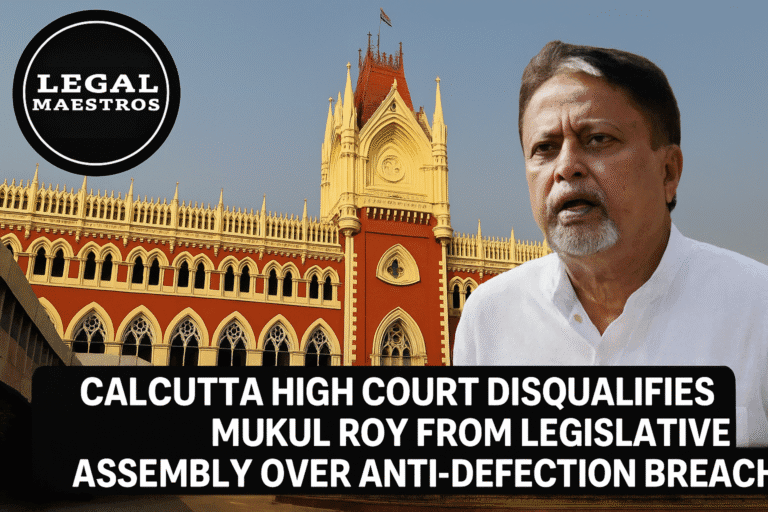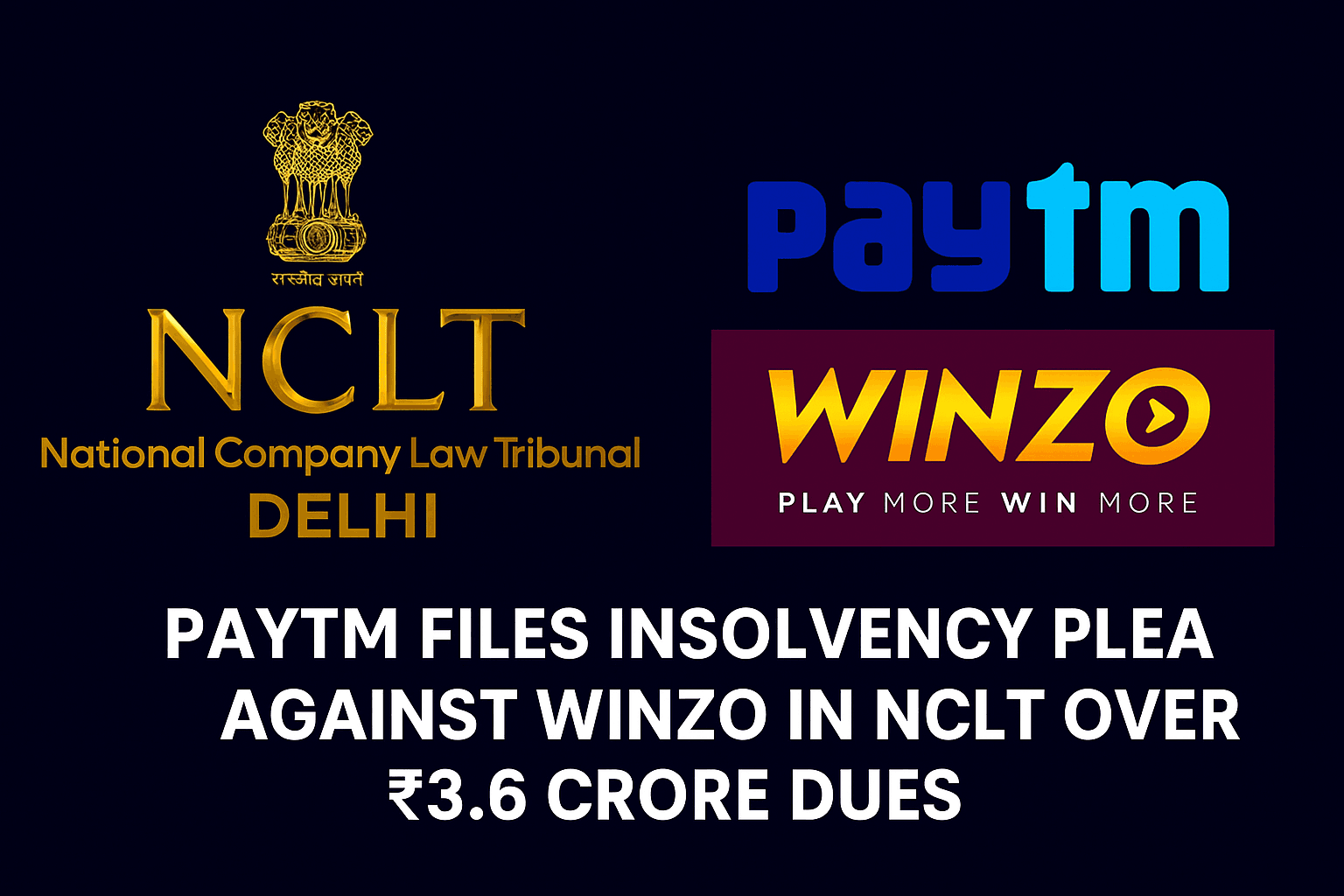
How 770 Illegal Migrants Were Deported to Bangladesh Under Immigration Laws in Six Months
Introduction
There have been 770 people of Bangladeshi origin who have been expelled from Delhi alone as a consequence of India’s increased efforts to detect and deport illegal migrants over the course of the previous six months.
The government was compelled to assess the threats to national security that are linked with illegal inhabitants after a terrorist assault in Pahalgam in April 2025 resulted in the death of a number of people.
This major operation gained urgency as a result. Traditional police activity, legal procedures in accordance with India’s immigration regulations, and logistical coordination with eastern states and Bangladesh itself were all components of the deportation campaign.
For any queries or to publish an article or post or advertisement on our platform, do call at +91 6377460764 or email us at contact@legalmaestros.com.
Background and Triggering Events
As a result of a terrorist attack that took place in Pahalgam on April 22, 2025, twenty-six citizens lost their lives, which increased the level of worry over infiltration across the border.
The Home Ministry issued a directive to law enforcement authorities to check the residence status of foreign people, particularly those from Bangladesh and Rohingya refugees, despite the fact that the assailants turned out to be homegrown radicals.
Already carrying out regular inspections in accordance with ministry directives made before the end of 2024, the Delhi Police stepped up their operations in the nation’s capital, which resulted in the arrest of hundreds of individuals within a matter of weeks.
For any queries or to publish an article or post or advertisement on our platform, do call at +91 6377460764 or email us at contact@legalmaestros.com.
For More Updates & Regular Notes Join Our Whats App Group (https://chat.whatsapp.com/DkucckgAEJbCtXwXr2yIt0) and Telegram Group ( https://t.me/legalmaestroeducators )
Legal Framework for Deportation
The Foreigners Act of 1946 is the primary source of India’s authority to remove foreigners from the country. This act defines as a “foreigner” any non-citizen who is living in India without appropriate documents and provides local authorities with wide authority to detain and deport foreigners.
The Citizenship Act of 1955 and the Passport (Entry into India) Act of 1920 both contain laws that are complimentary to one another regarding the procedures for obtaining a visa and the revocation of citizenship. When a person’s citizenship status is called into question, according to these statutes, the individual may be turned over to the Foreigners’ Regional Registration Office (FRRO) for the purpose of beginning legal procedures.
For any queries or to publish an article or post or advertisement on our platform, do call at +91 6377460764 or email us at contact@legalmaestros.com.
In the event that the Foreign Regional Representation Office (FRRO) determines that the individual in question is, in fact, undocumented, the Ministry of Home Affairs (MHA) will issue a deportation order.
Verification and Identification Drives
The district commanders of the Delhi Police were given the directive to conduct verification drives in residential areas, marketplaces, and transit hubs between the middle of November 2024 and the end of April 2025 after receiving the instruction.
Other forms of identification, such as passports, visas, and residency permits, were examined by the officers. The majority of the time, migrants were in possession of visas that had expired or fake Aadhaar cards and ration cards.
For any queries or to publish an article or post or advertisement on our platform, do call at +91 6377460764 or email us at contact@legalmaestros.com.
Individuals were held and taken away for additional investigation in cases when the paperwork that they presented was inadequate. During the first stages of the investigation, around 220 illegal migrants and 30 foreigners who had overstayed their visas were discovered.
There were 470 more Bangladeshi nationals and fifty other illegal residents detected in only one month after the Pahalgam event, which marked a significant acceleration in the speed of the investigation.
Role of the Delhi Police and FRRO
Undocumented individuals were legally turned over to the Foreign Relatives Review Office (FRRO) after they were apprehended. The FRRO is responsible for determining citizen status and visa breaches.
For any queries or to publish an article or post or advertisement on our platform, do call at +91 6377460764 or email us at contact@legalmaestros.com.
The FRRO officers looked into the individuals’ personal histories, travel records, and any biometric information that was accessible.
While this was going on, officials from the police department were looking through contact data to see whether there were any connections to criminal or extremist networks. Following the conclusion of the FRRO’s review, the MHA was given the recommendation to deport the individual, and the MHA subsequently issued the expulsion orders.
Logistics of Deportation
For the purpose of effectively transporting such a huge number of people, the Delhi Police worked in conjunction with the Indian Air Force and state authorities. Special aircraft were used to carry detainees from the Hindon air base in Ghaziabad to the municipality of Agartala in the state of Tripura.
For any queries or to publish an article or post or advertisement on our platform, do call at +91 6377460764 or email us at contact@legalmaestros.com.
As a result of this airlift technique, hundreds of migrants were able to be quickly transported out of Delhi, which helped to alleviate worries over the capital’s security. Following their arrival in Agartala, they were transported by vehicle to the Border Security Force (BSF) checkpoints that were located closest to the Bangladesh border.
Detainees were transported to West Bengal by train and bus in some of the early instances, and then they were allowed to enter into Bangladesh.
Coordination with Border Security Force
At the last mile of the deportation process, the Border Security Force (BSF) performs an essential role. In accordance with the bilateral norms, Bangladeshi security forces personnel assumed custody of the deportees at specified crossings in the states of Tripura and West Bengal and then turned them over to Bangladeshi border guards.
For any queries or to publish an article or post or advertisement on our platform, do call at +91 6377460764 or email us at contact@legalmaestros.com.
The repatriation agreement that was reached between India and Bangladesh in 2015 is the foundation around which these arrangements are built. This agreement simplifies the process of verifying and returning illegal migrants.
In spite of the process, a significant number of cases have been halted because Bangladeshi authorities have been sluggish to respond to requests for verification of individual identities.
Bangladesh’s Verification Delays
Due to the fact that Bangladesh has not yet confirmed the nationality of those people, India has reported that there are more than 2,300 deportation cases that are still waiting. Taking into consideration the fact that prisoners sometimes spend months or even years in Indian prisons, the Ministry of External Affairs in New Delhi has repeatedly encouraged Dhaka to speed up the process.
For any queries or to publish an article or post or advertisement on our platform, do call at +91 6377460764 or email us at contact@legalmaestros.com.
This delay makes India’s attempts to remove it more difficult and puts a strain on the resources available inside prison facilities. A more expedient verification process would make it possible for new deportations to take place and would free up room for future cases.
Impact on Migrant Communities
Migrant communities all around Delhi have become uneasy as a result of the raid. Many workers with low incomes are afraid of random checks because they are either uninformed of the regulations of visa expiration or do not have access to the appropriate papers.
A number of migrant families that have been living in India for decades are subject to arbitrary imprisonment without the opportunity for fair hearings, according to civil society organizations.
For any queries or to publish an article or post or advertisement on our platform, do call at +91 6377460764 or email us at contact@legalmaestros.com.
Even while the government concedes that there were procedural errors in certain local drives, it continues to assert that legal protections are in place. These safeguards include the opportunity to challenge FRRO orders in court.
Human Rights and Procedural Safeguards
According to human rights groups, mass deportations run the danger of neglecting particular circumstances, such as the status of a refugee or the length of time they have been settled in a country.
In addition to mandating imprisonment until deportation, the Foreigners Act also stipulates due process, which includes conducting interviews with prisoners, providing them with notice, and allowing them to have legal representation.
For any queries or to publish an article or post or advertisement on our platform, do call at +91 6377460764 or email us at contact@legalmaestros.com.
In previous decisions, the Supreme Court has emphasized that even those who are not citizens are entitled to fundamental safeguards. Rights campaigners are calling for enhanced openness in detention institutions and more regular court inspection, despite the fact that the Delhi Police maintain they scrupulously adhere to all of the regulations under their jurisdiction.
Statistical Summary and Timeline
Over the course of the normal drives that took place between November 15, 2024 and April 20, 2025, about 250 migrants were processed. In the month that followed the terrorist assault that took place on April 22, an additional 520 individuals were apprehended and deported.
Now, the total number of unlawful migrants who have been transported to Bangladesh by special airlifts and land crossings over the course of six months is 770. More than 1,200 Bangladeshis have been removed from the country over the same time period as a result of parallel deportation actions along the West Bengal border.
For any queries or to publish an article or post or advertisement on our platform, do call at +91 6377460764 or email us at contact@legalmaestros.com.
This is a reflection of an increase in immigration enforcement procedures throughout the country.
Challenges and Looking Ahead
The deportation mechanism in India is confronted with a number of obstacles, including crowded prisons, sluggish verification of foreign nationals, and legal backlogs. The administration is attempting to demonstrate to voters that it is serious about border security and illegal immigration before to the national elections that are scheduled to take place later in 2025.
At the same time, there is a growing realization that in order to find long-term solutions, regional collaboration on identification papers, integrated border control, and safe migratory corridors are required.
For any queries or to publish an article or post or advertisement on our platform, do call at +91 6377460764 or email us at contact@legalmaestros.com.
Conclusion
The situation involving 770 migrants who were deported highlights India’s dependence on strong legal measures and collaboration between several government agencies in order to combat illegal immigration.
Although the Foreigners Act and other similar legislation give unambiguous power, the humane application of these regulations requires meticulous adherence to due process and coordination with nations that are in close proximity to where they are being implemented.
Both policymakers and law enforcement in India will continue to face the problem of striking a balance between protecting human rights and ensuring national security as India continues to develop its enforcement methods.
For any queries or to publish an article or post or advertisement on our platform, do call at +91 6377460764 or email us at contact@legalmaestros.com.




![Research Assistantship @ Sahibnoor Singh Sindhu, [Remote; Stipend of Rs. 7.5k; Dec 2025 & Jan 2026]: Apply by Nov 14, 2025!](https://legalmaestros.com/wp-content/uploads/2025/11/Gemini_Generated_Image_s0k4u6s0k4u6s0k4-768x707.png)
![Karanjawala & Co Hiring Freshers for Legal Counsel [Immediate Joining; Full Time Position in Delhi]: Apply Now!](https://legalmaestros.com/wp-content/uploads/2025/11/Gemini_Generated_Image_52f8mg52f8mg52f8-768x711.png)